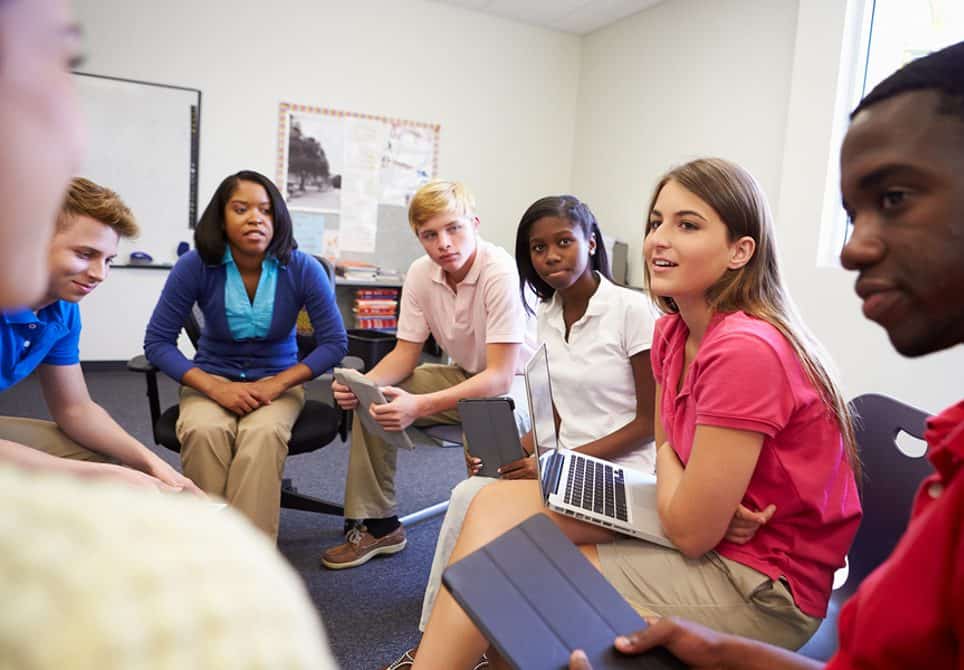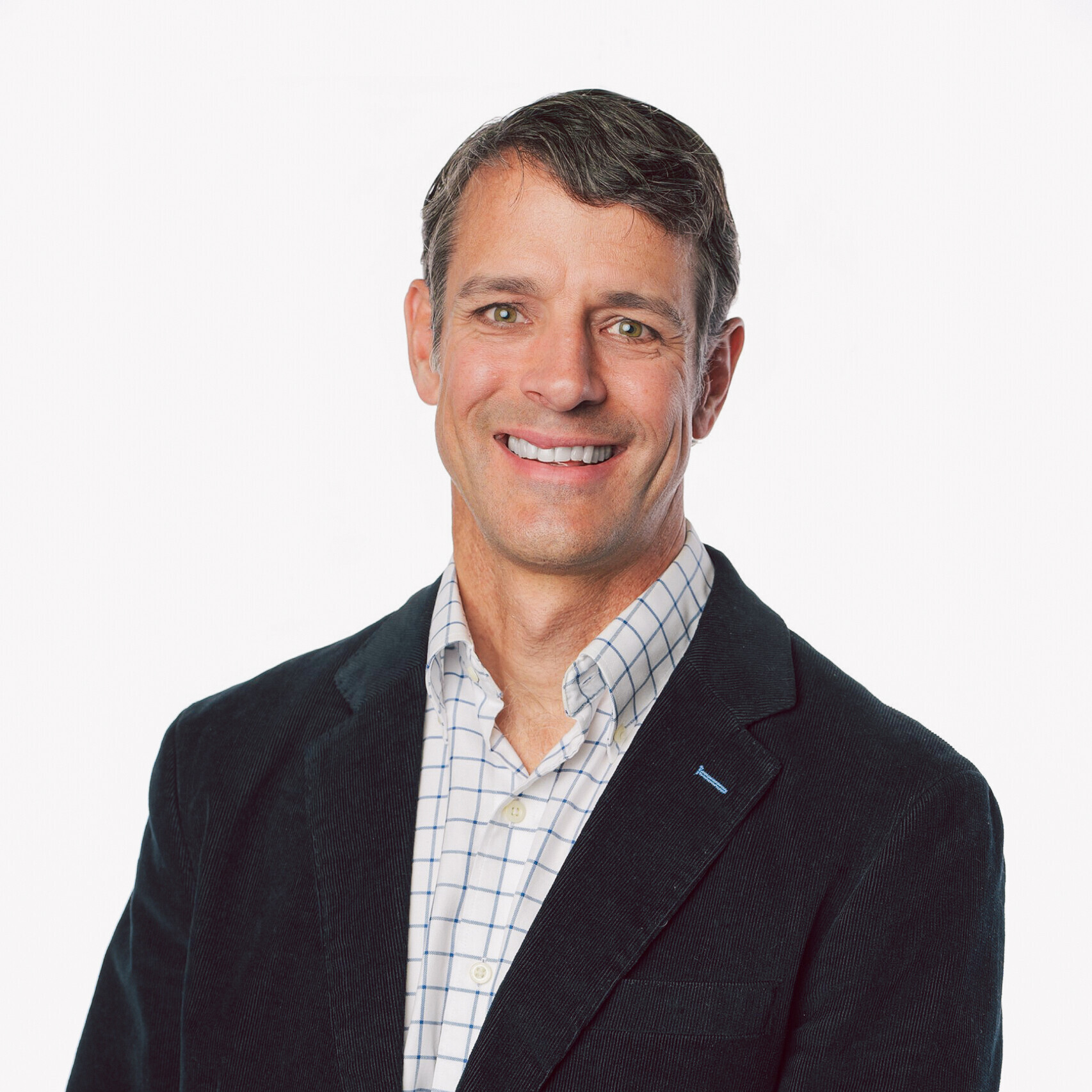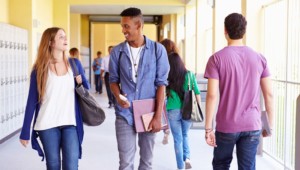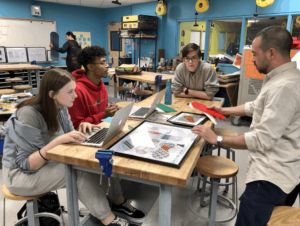The Future of High School
Key Points
-
As innovative high schools have emerged over the last 40 years, we see a set of clear patterns that set the stage for the redesign of every American high school over the next 20 years.
-
Through redesign, we increase engagement, learner agency to eliminate persistent inequities and increase the probability that every high school graduate will have the opportunity to earn a family-sustaining income and contribute back to their community.

Across the nation, schools, districts and states are rethinking program and learning experiences based on the challenging impact of a global pandemic, a persistent equity gap in performance of students of color and lower socio-economic status and an increasingly complex, unpredictable and mutualistic though divided world. As innovative high schools have emerged over the last 40 years (indeed over the last 120 years), we see a set of clear patterns that set the stage for the redesign of every American high school over the next 20 years.
Through redesign, we increase engagement, learner agency to eliminate persistent inequities and increase the probability that every high school graduate will have the opportunity to earn a family-sustaining income and contribute back to their community.
We exclude technology as a pattern as we view it as a ubiquitous tool – especially post-pandemic. We recognize that adequate Learning Management Systems to accommodate these patterns are still developing. However, we believe that legacy LMS/SIS systems will merge into Learner Experience Systems connected to Universal Learner Records. We also acknowledge that universal broadband access is still a challenge for some communities – especially the highest poverty and most rural.
Four patterns have emerged in high school redesign efforts over the last decade.
Social-emotional learning and advisory. Abundant research supports the development of key social-emotional learning skills directly correlating with higher academic outcomes. Many learners arrive at school every day with traumatic experiences impacting their behavior and learning. One caring adult for every young learner and ample time to develop and practice SEL is an element of every innovative high school we have visited or spoken with. The pandemic has only accelerated the need for strong SEL programs.
Across the 86 campuses of El Paso Independent School District (EPISD), an emphasis on social and emotional learning (SEL) has been a defining factor in their continued success. CASEL provides support and research to any school adopting SEL programs.
Critical to the successful adoption of any SEL framework is the commitment to embed SEL in every learning experience rather than offer it as a separate program. Teton Science Schools built a competency progression based on CASEL that teachers can link to learning experiences just like any other competency.
Real-world learning. Innovative schools break down the barriers of school and community to provide high-quality learning experiences that are connected to the real-world. These might include internship, apprenticeships, service, entrepreneurship, or partnership with local organizations. Project-based learning often is a core element of these programs and must be grounded in strong literacy and mathematical skills.
Kansas City’s Real-world Learning Initiative in partnership with the Kauffman Foundation provides an excellent case study in regional agreements and partnerships to build real-world experiences for high school students. The innovative Big Picture Learning network provides students two full days a week of internship within local, regional, and national organizations.
Through redesign, we increase engagement, learner agency to eliminate persistent inequities and increase the probability that every high school graduate will have the opportunity to earn a family-sustaining income and contribute back to their community.
Nate McClennen
Variable pathways to credentials, degrees, and certifications. The cost of a college degree is prohibitive for many and leaves others entrenched in debt that is difficult to pay back. While the promise and outcomes of college are real, learners need a variety of options that lead to a family sustaining wage. These pathways build support for the Great Blur concept proposed by JFF which reduces the distinct line between secondary and post-secondary opportunities.
ASU Prep Digital is a leading provider of dual-enrollment courses with a school network embedded within the University of Arizona. Collegiate Edu-Nation, a rural innovation network, offers a framework for high schools for early college and P-tech approaches to earning an associates and bachelor’s degree while staying in the community. GPS Education Partners provides regional intermediary services to districts who implement work-based learning solutions for all students, often leading to both associates degrees and professional certifications in pursuit of family-sustaining employment. Schools such as University Charter School in Alabama implement pathway programs in partnership with universities that focus on regional employment needs such as health care, education, manufacturing and entrepreneurship.
Personalized and competency-based approaches. We know that 1:1 tutoring and voice/choice in experience and pace lead to stronger outcomes. Meeting every learner where they are at the right time, with the right learning experience, and with learner input increases the odds that they will meet a common set of high proficiency expectations to support a future of economic stability and community contribution. With increasingly personalized approaches connected to competencies, learners have more voice/choice and build agency. States, districts, and organizations have adopted Portrait of Graduates and some have built out coherent progressions and rubrics to help measure student progress towards the portrait. XQ and One Stone have built competency progression models and are looking to scale adoption across multiple schools. Adoption of competency progressions related to the PoG, expansion of learning experiences to meet these competencies through unbundling, and rethinking the closely held commitments to the Carnegie Unit, authorization of learning experiences and seat time are at the forefront of innovative high schools.
And a fifth….problem-finding and difference-making. We see a critical need for every high school student to experience a curriculum that builds the capacity for solutionary skills. That is, learners who are able to competently address some of the world’s biggest challenges – on the local, regional and global levels – no matter their zip code.
A clear journey
Enough schools have now gone through redesign or launch to provide a generalized pathway for this challenging work. The most successful have an overarching commitment to 1) including young people and the most marginalized members of the community in the process in both participation and leadership, 2) committing to the redesign beyond leadership changes at the admin and board level, and 3) hacking, repurposing, and remixing existing resources to avoid starting from scratch. Consider the path below based on observations from successful school redesign or new school launch efforts.
- Determine a set of community values and norms. Too many organizations have dusty values or no values at all. Successful redesign efforts begin with a shared value set that is normed for the community and grounded in equity.
- Adopt a Growth Mindset culture. Schools are not static and every community member must adopt a Growth Mindset to support change, learn from others, and believe in the malleability of our thinking.
- Build a Portrait of a Graduate. Engaging the community in a process of the outcomes from and promise of high school education builds a common Portrait of a Graduate (also called a Learner Profile or Graduate Profile). Determining local and regional needs and unpacking the knowledge, skills and dispositions required to meet those needs provides a foundation for the Portrait of a Graduate.
- Build a competency progression. The era of standards-based reform provided granular guidance on what content and skills should be taught. But granular skills and knowledge will not provide a roadmap to competency. Unpacking the Portrait of a Graduate into a set of discrete high-level competencies with corresponding progressions of increasing proficiency provides educators with a roadmap around which to build learning experiences. [connect to standards?]
- Visit schools for inspiration and partnership. With over 25,000 high schools in the United States and multiples more internationally, pockets of high school innovation are everywhere. Redesign teams who visit acquire a broader perspective and access to a larger network of education innovators.
- Review the science of learning. Too many “innovations” in education are built on false premises and poor evidence. From “teaching to different learning styles” to “compliance equals learning”, we have collectively wasted time for many learners. Teams must be well-versed in the learning sciences and have access to evidence to evaluate design principles and school model efficacy.
- Build a set of Design Principles. Design Principles (also called Core Beliefs or the Learning Model) provide the guiding set of beliefs that allow educators to help support high school learners
- Design the Learning Model. The learning model is based on the Design Principles and is composed of toolkits, practices, and processes. These may include the use of time, calendars, classroom practice, and artifacts/resources. Schools may bundle a variety of outside providers or join a network to build a Learning Model that meets their community’s Portrait of a Graduate and is supported by the science of learning.
- Unpack the Design Principles and Learning Model to create a Portrait of an Educator. Most higher education teacher credentialing systems are not prepared to adequately shift to address these new patterns. A few organizations (Teton Science Schools, High Tech High, Relay, etc.) have built Graduate Schools of Education designed around K-12 programs. In lieu of this, communities build a Portrait of an Educator that unpacks the Design Principles and Learning Model into a set of discrete competencies or Professional Learning Outcomes that articulate the skills needed to implement a high fidelity model. These skills do not replace highly articulated best-teaching practice models that exist, but add to them to ensure fidelity to the adopted model and fulfillment of the promise to the learner.
- Build a Professional Learning system around the Portrait of an Educator. Once the portrait is built, a Professional Learning system is designed. By following the same Design Principles built for learners, the system will both teach and allow educators to experience the model. These systems should be personalized within the constraints of the design principles.
Futurists continue to push our thinking and we know that unexpected changes will emerge. School design and redesign is difficult. But with limited progress in achievement, continued high school disengagement, especially for the most marginalized, every high school in America has an imperative to dig deep into this process – for the good of learners, communities, and the nation as a whole.
Getting Smart has a team of experienced school and district leaders who are ready to support your team in redesigning high school for your community of learners. Interested in working with us on School and Systems Design? Email Jessica.
The #NewPathways campaign will serve as a road map to the new architecture for American High Schools, where every learner, regardless of zip code, is on a pathway to productive and sustainable citizenship, high wage employment and economic mobility. Interested in telling your future of high school story? Email Editor.








HERBERT J. WETHERBE
much needed information Thank you.
Thom Markham
I wonder whether innovation in the era ahead demands more from us. These ideas have been around for 25 years or more, in one form or the other, (advisories were big innovation -- in 1995!) but the basic structure and assumptions of the institution (6 period day. curriculum silos, testing, 'grade level' etc.) make fundamental change impossible. I think HS is due for a total rebrand (whether we're ready or not).
Robert Landau
Loved the article and appreciate some very inspirational ideas. I have been thinking about redesign forever and recently tried to create a model. It’s called IMPACT - www.impact-bound.com. I believe that, in order to find the valuable time to truly engage students, we need to dismantle the current course, credit, homework, teacher, period, block, etc, model. In one school we created Impact Wednesday. There was literally no lose in courses and credits by devoting one day a week to empowering students and shifting the role of teachers.
Rayn Miller
Thinque Prep is an academy for the future. With them, students are guided by the best teachers, who will help them become tomorrow’s most successful leaders. Their students enter their program at any level and can either grow with them or transfer to another school when they feel ready. Either way, they will have already set themselves up for success by helping them develop important skills like team-building and communication that are key in today’s workplace. For other information, check their website on your own at www.thinqueprep.com